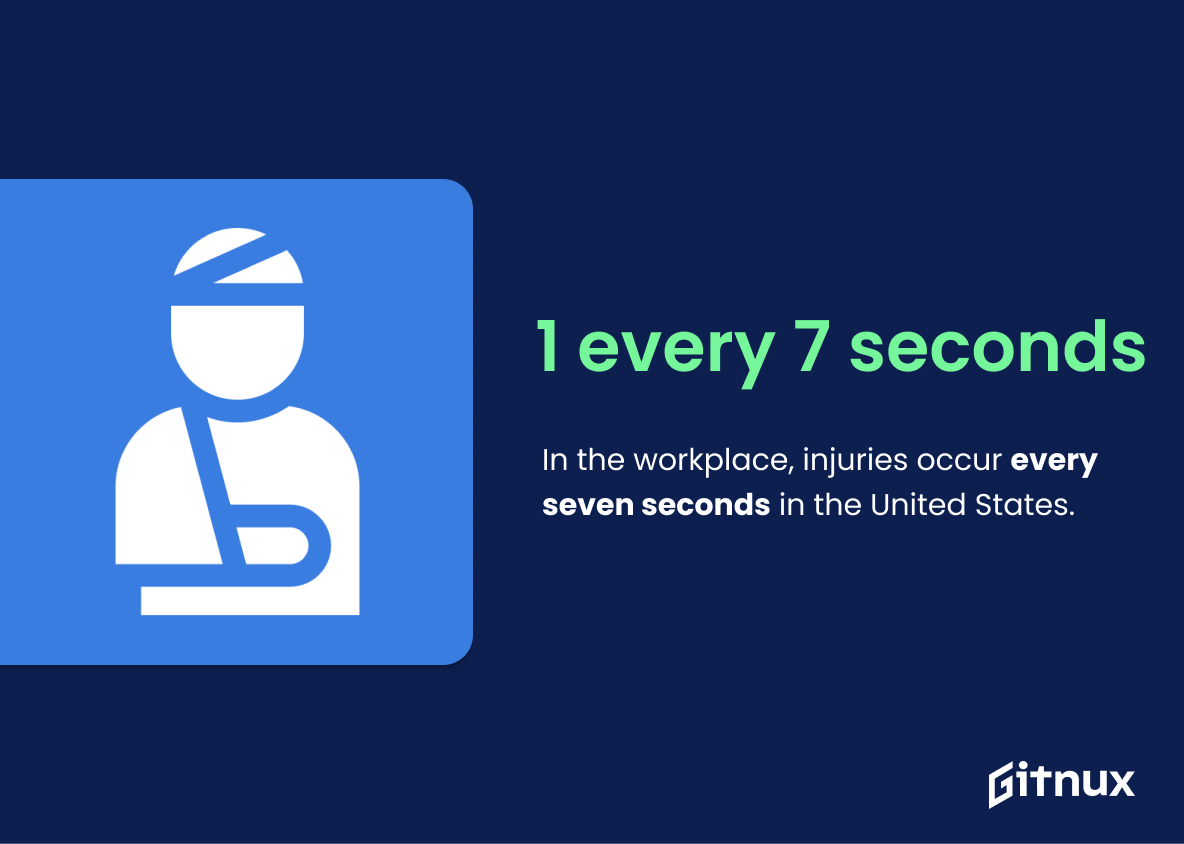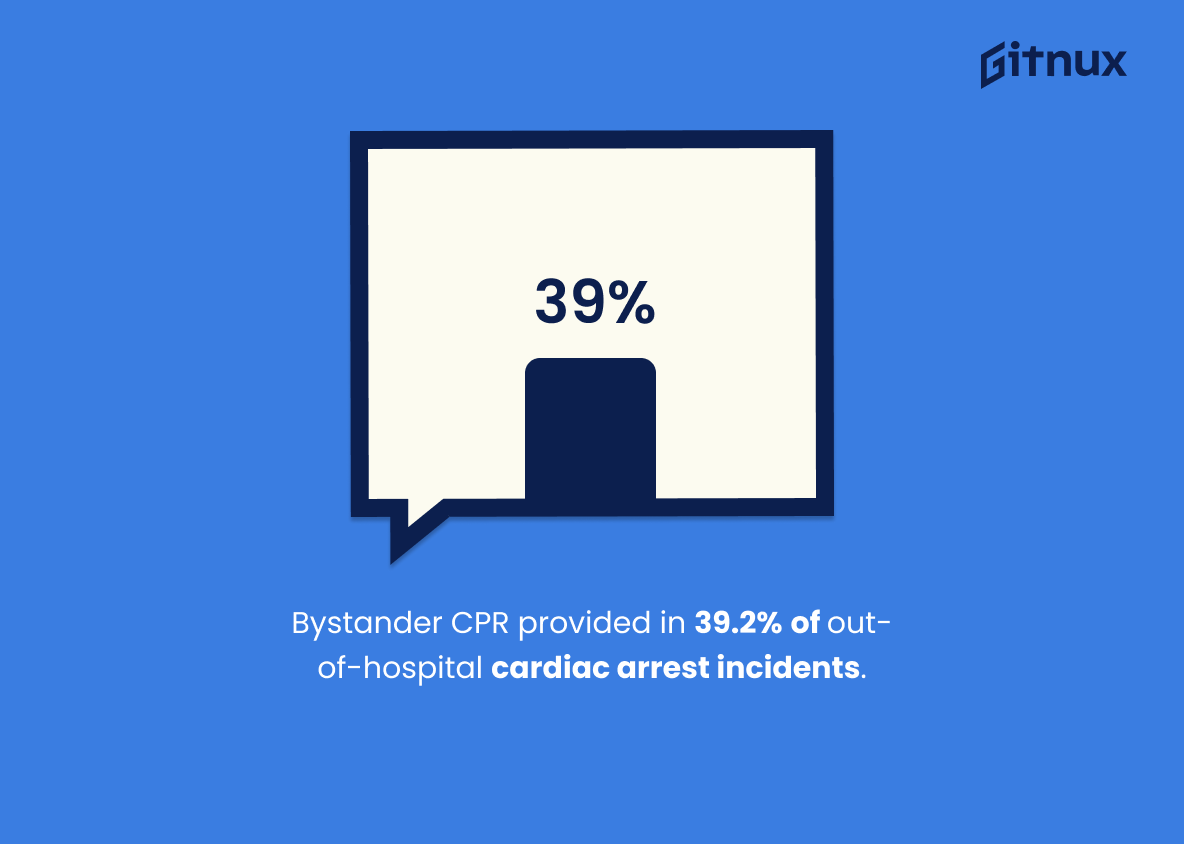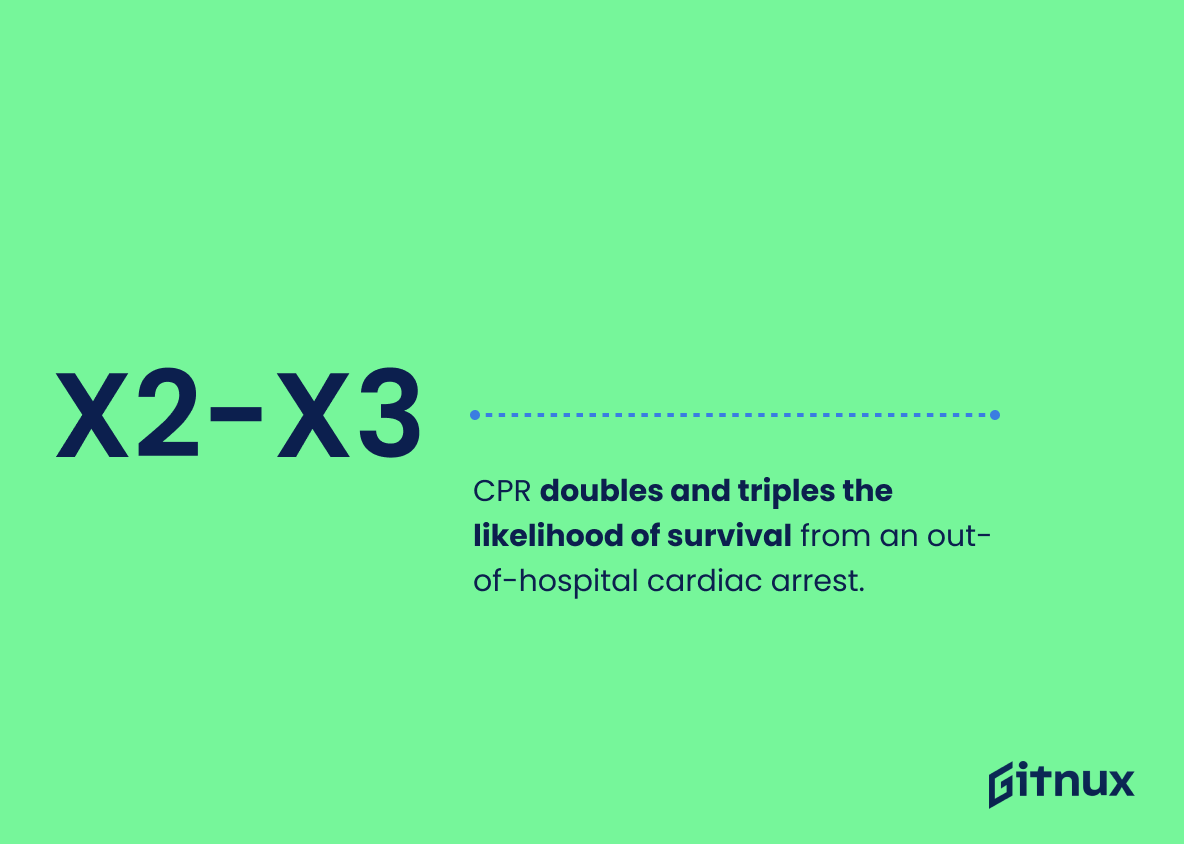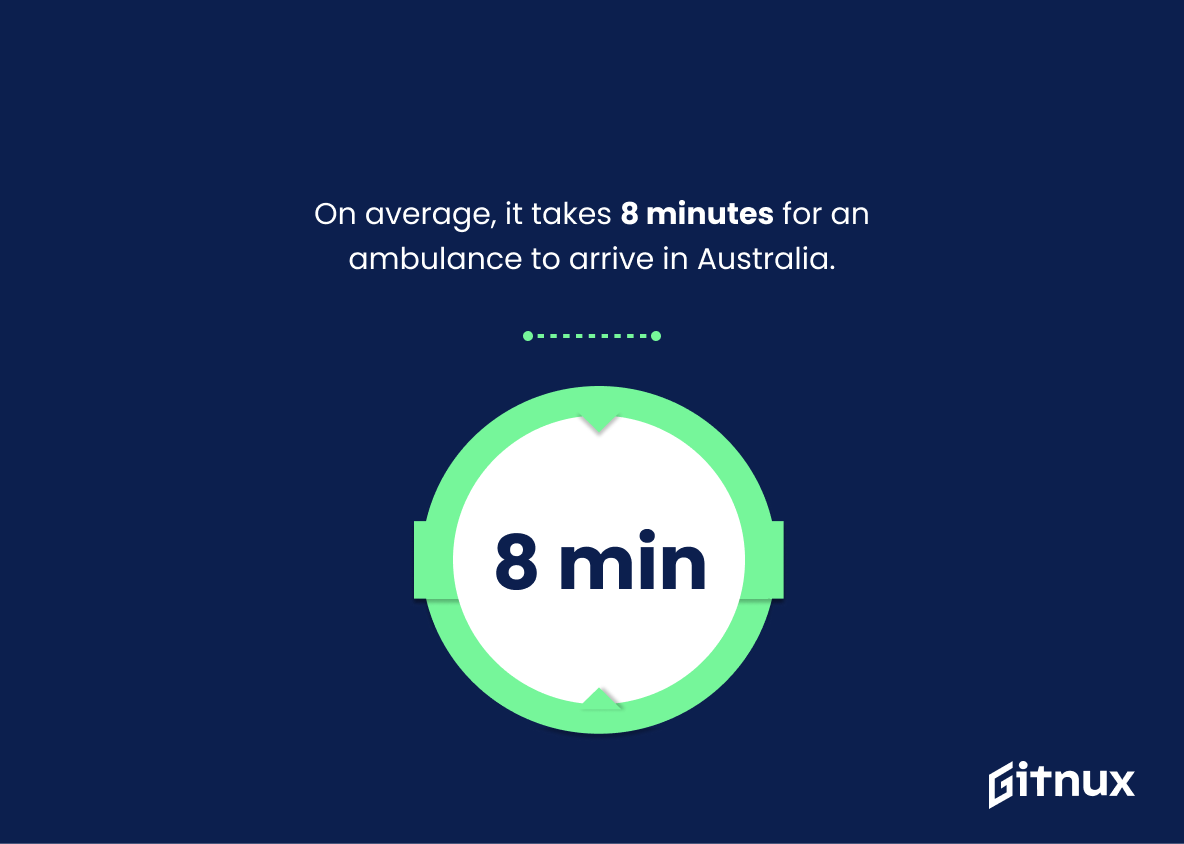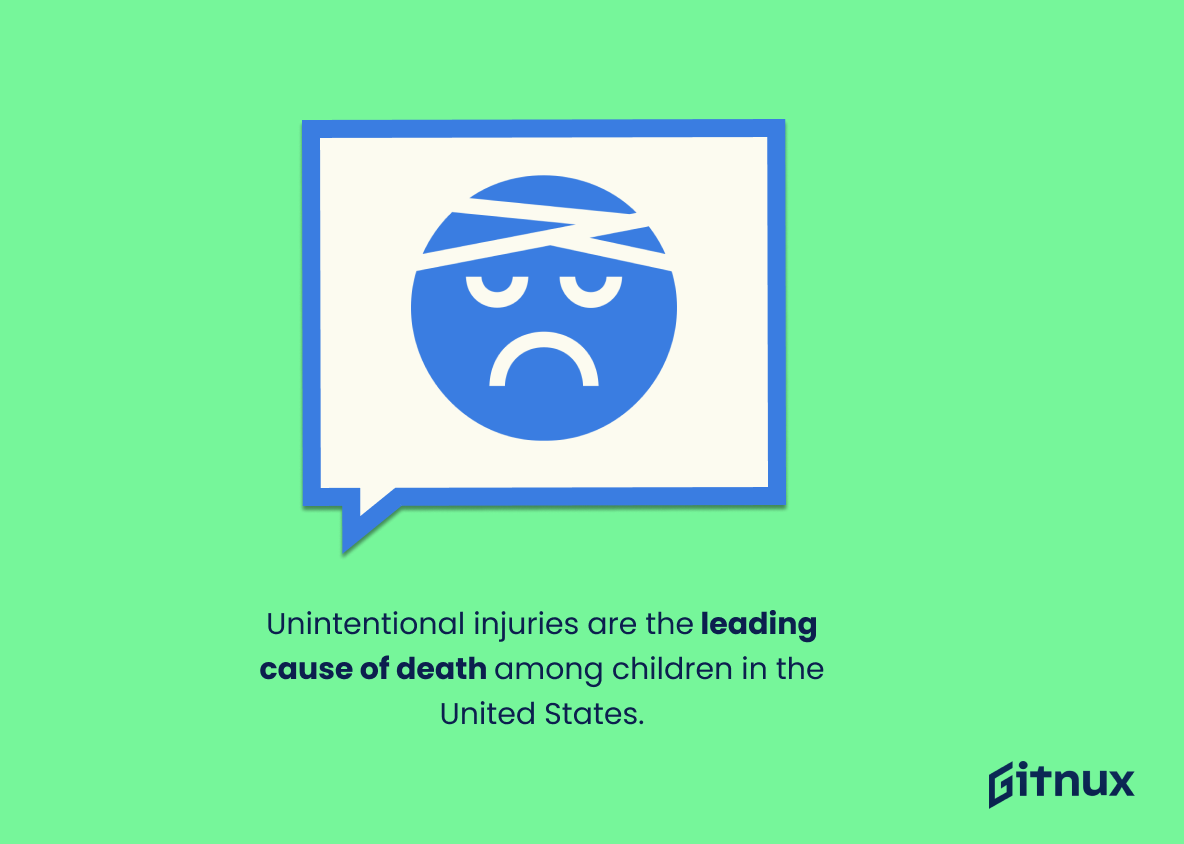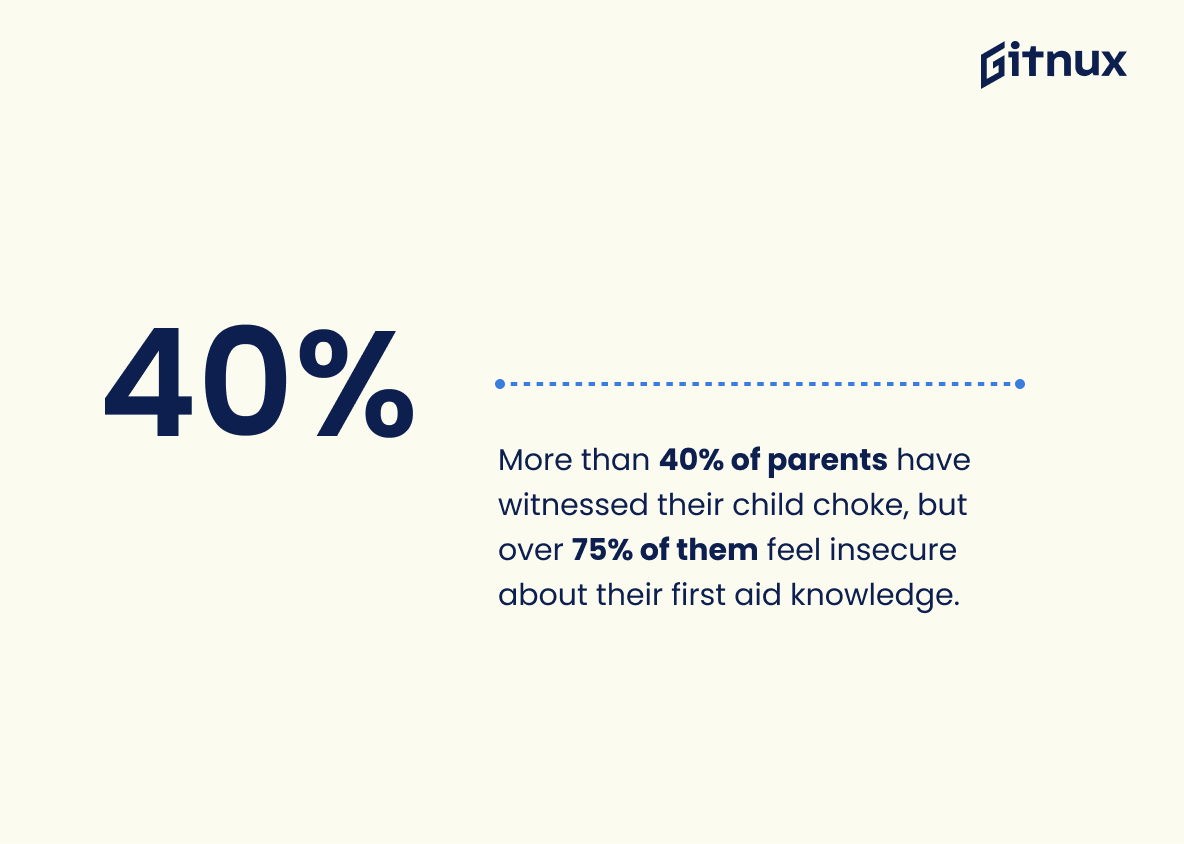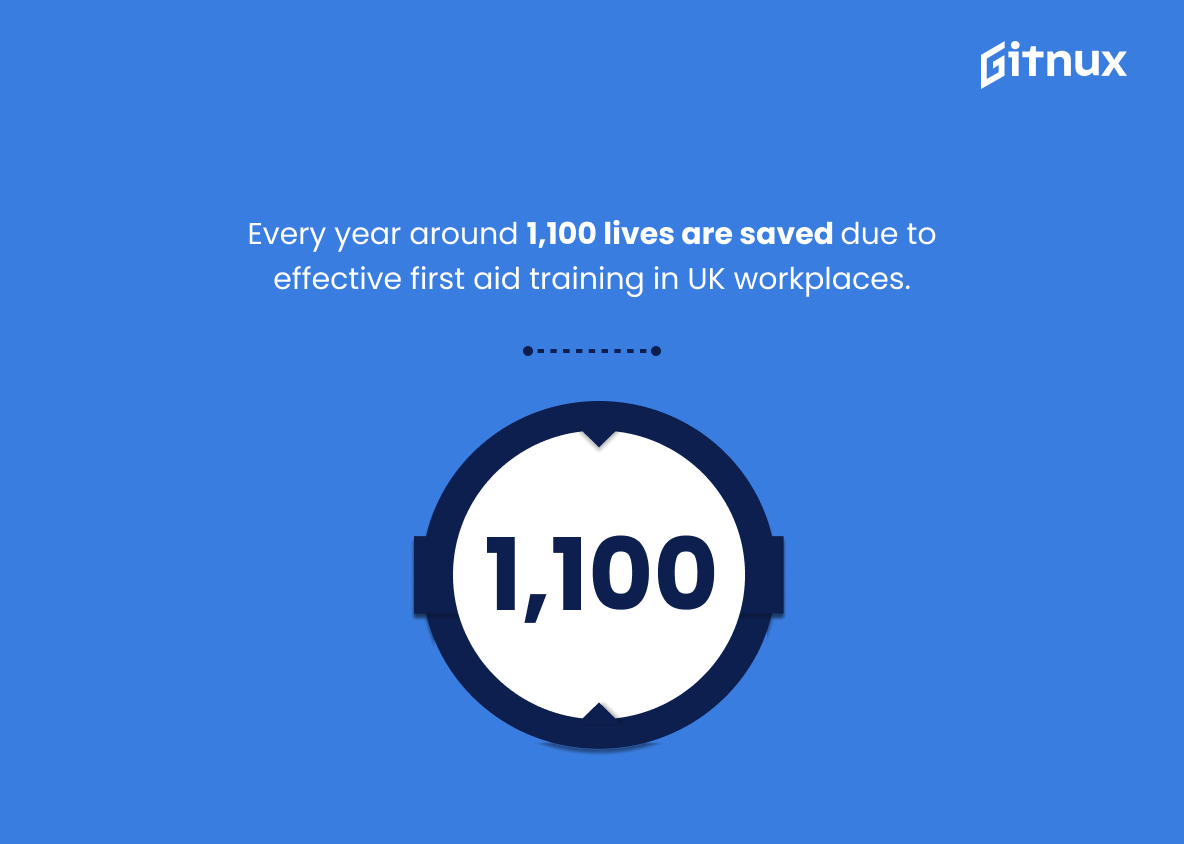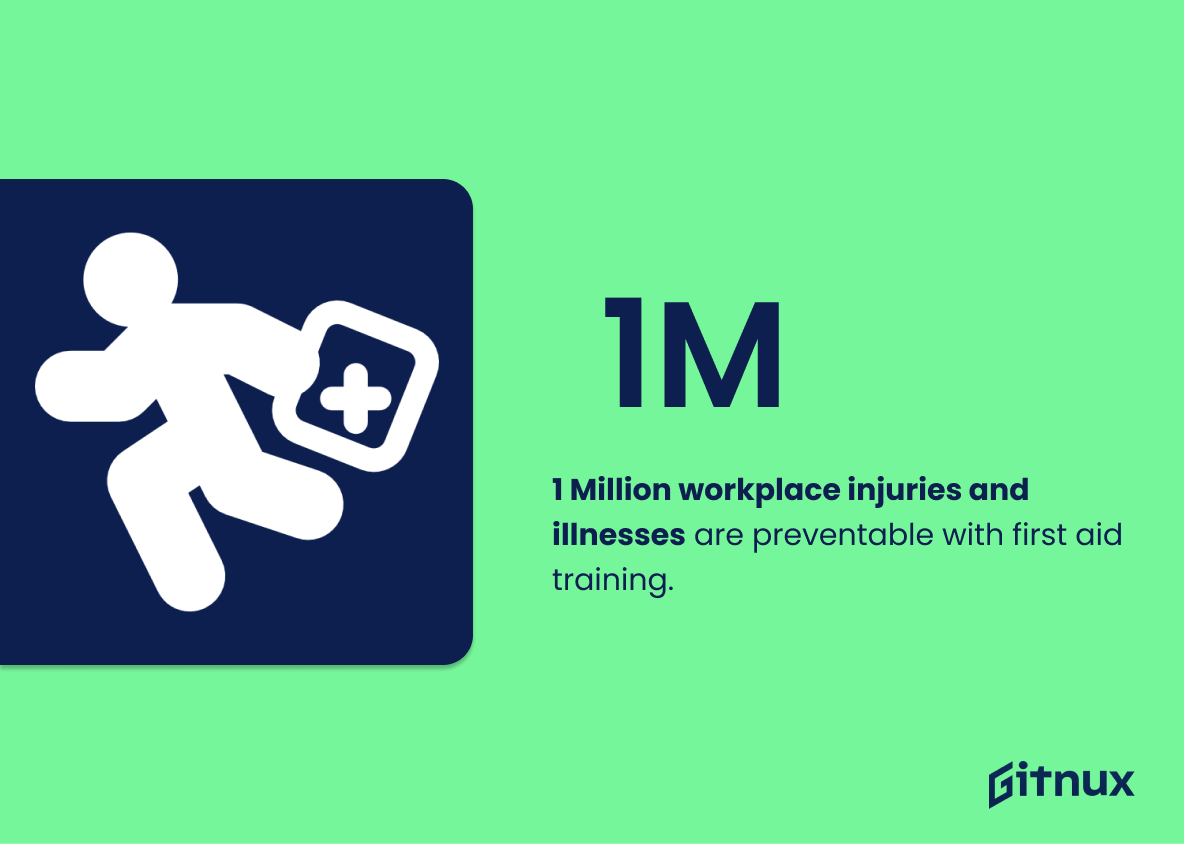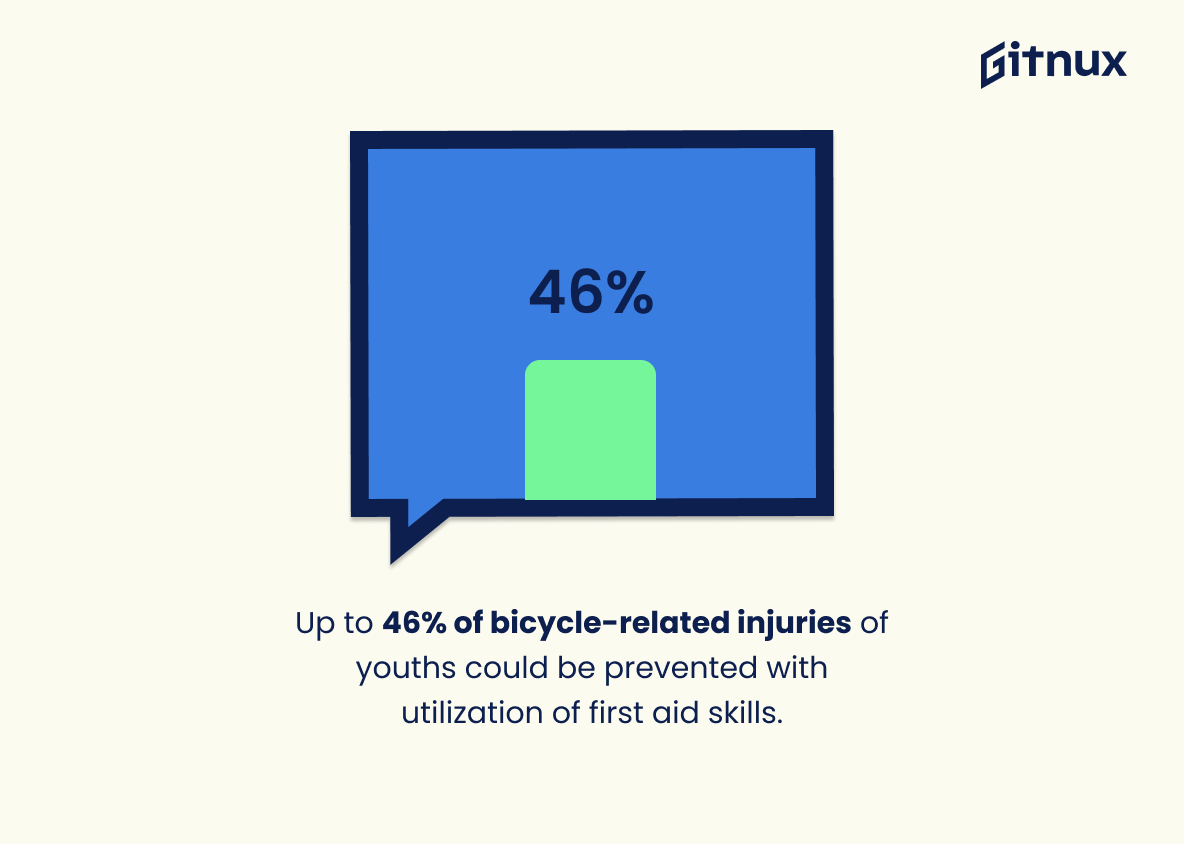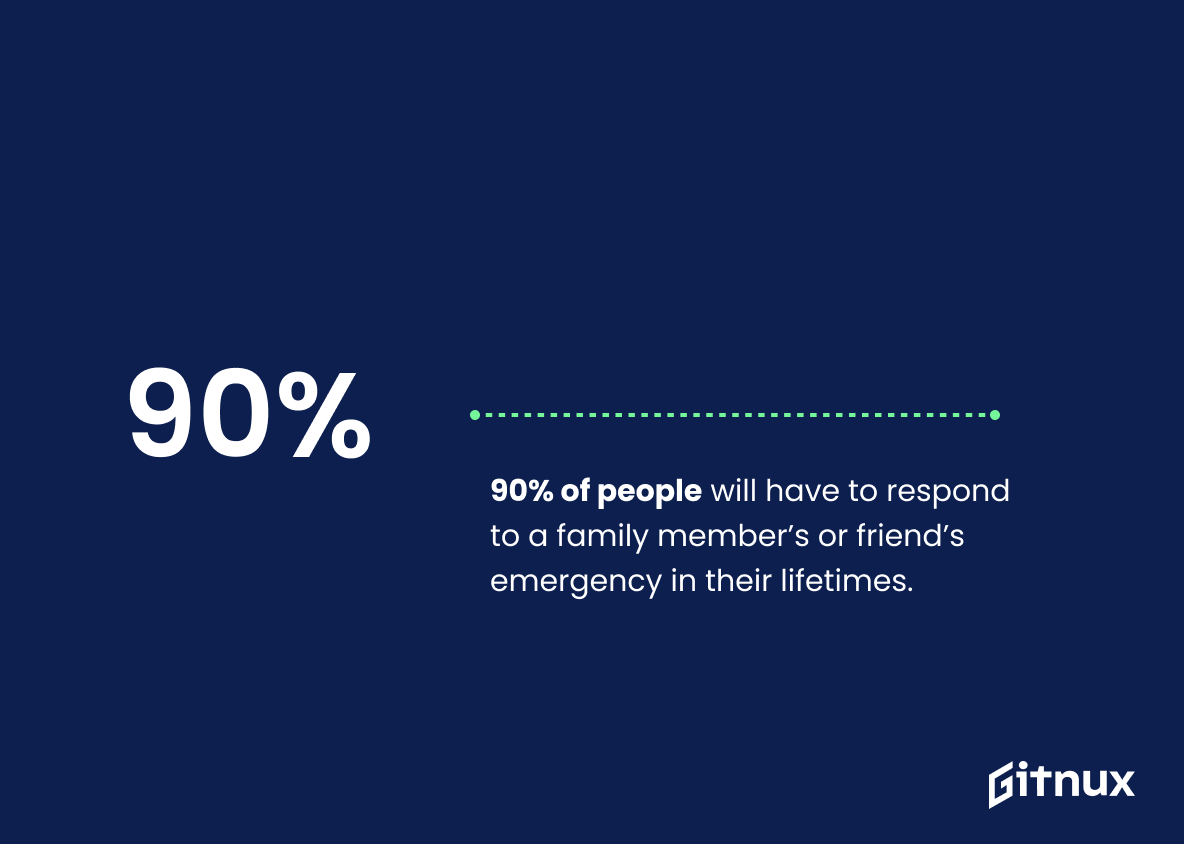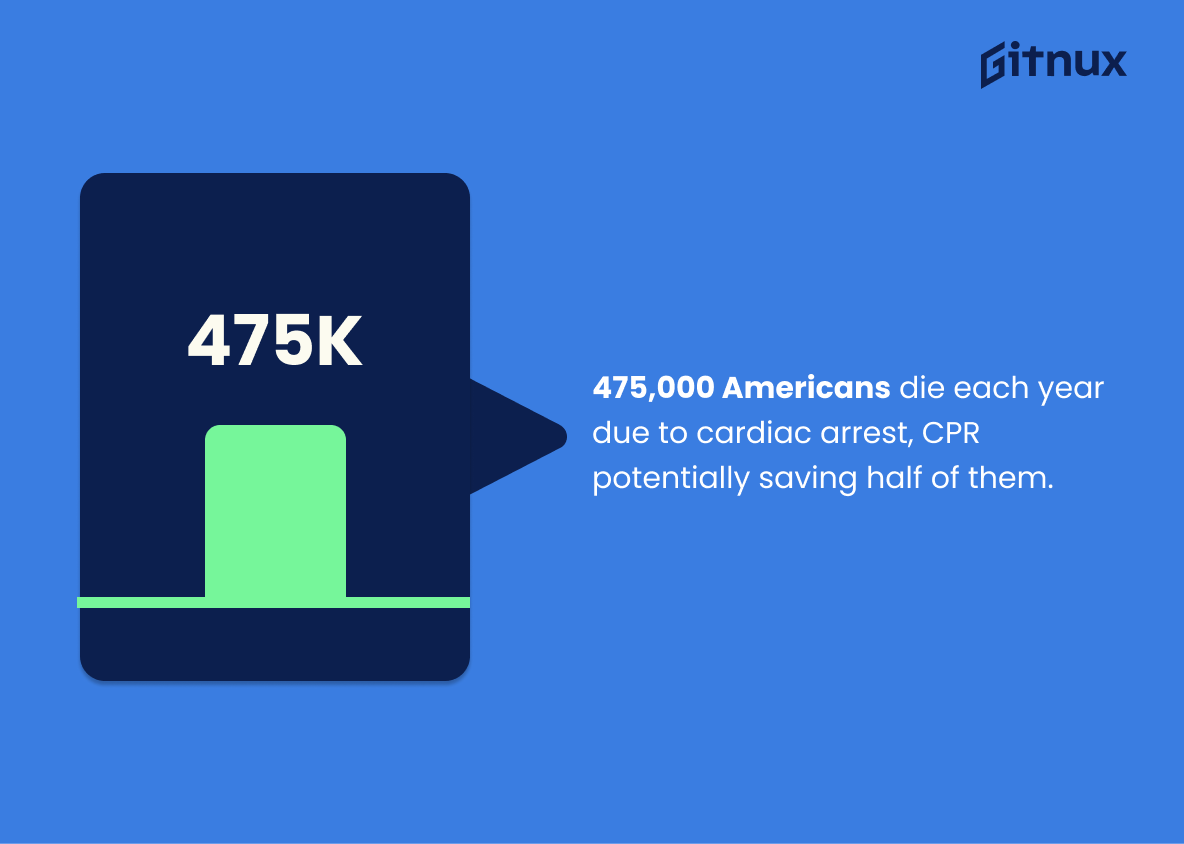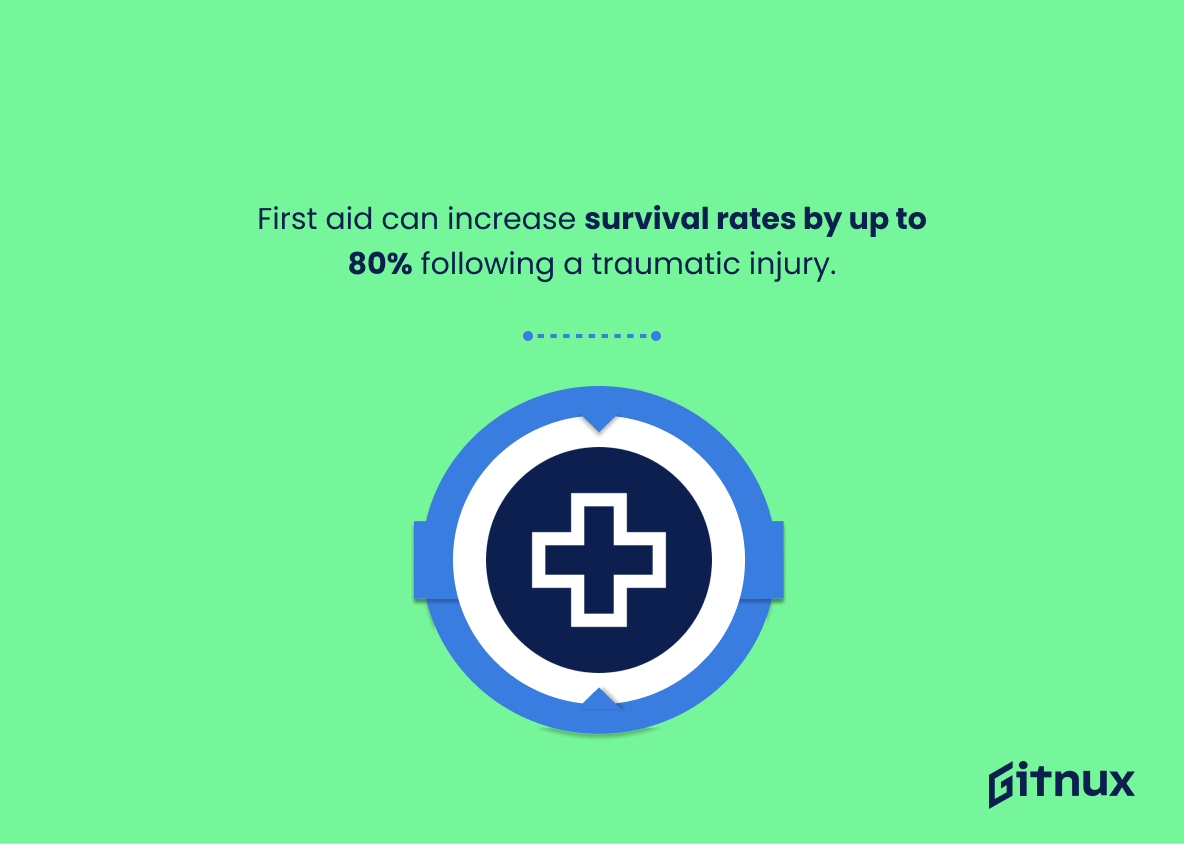First aid is an essential skill that can save lives in medical emergencies. Unfortunately, many people lack the knowledge and confidence to provide first aid when needed. According to a survey conducted by the Red Cross UK, 70% of people feel helpless during a medical emergency due to their lack of first aid knowledge. This statistic highlights how important it is for everyone to learn basic first-aid skills so they are prepared if faced with an emergency situation.
In this blog post we will explore some interesting statistics about first-aid training and its importance in saving lives around the world. We’ll look at data from various sources such as The American Heart Association, OSHA Education Center, National Safety Council and more on topics like bystander CPR rates, workplace injuries prevention through proper training and much more.
This statistic is a stark reminder of the importance of having basic first aid knowledge. It highlights the need for individuals to be equipped with the skills and knowledge to respond to medical emergencies, as the majority of people feel helpless in such situations. This statistic serves as a powerful call to action for people to take the initiative to learn first aid and be prepared for any medical emergency.
Approximately 12 million people in the United States participate in first aid training annually.
This statistic is a testament to the importance of first aid training in the United States. It shows that millions of people recognize the value of being prepared for medical emergencies and are taking the necessary steps to ensure they are equipped with the knowledge and skills to help in a crisis.
First Aid Statistics Overview
In the workplace, injuries occur every seven seconds in the United States.
This statistic is a stark reminder of the importance of having a comprehensive first aid plan in place in the workplace. It highlights the need for employers to ensure that their employees are adequately trained in first aid and that the necessary supplies and equipment are readily available in case of an emergency. It also serves as a reminder of the importance of taking safety precautions and being aware of potential hazards in the workplace.
Bystander CPR provided in 39.2% of out-of-hospital cardiac arrest incidents.
This statistic is a testament to the importance of bystander CPR in out-of-hospital cardiac arrest incidents. It highlights the fact that when bystanders are equipped with the knowledge and skills to provide CPR, it can make a significant difference in the outcome of these incidents. This statistic is a reminder of the importance of learning and practicing CPR, as it can be the difference between life and death.
CPR provided by a bystander doubles and triples the likelihood of survival from an out-of-hospital cardiac arrest.
This statistic is a powerful reminder of the importance of bystander CPR in saving lives. Knowing that providing CPR can double or even triple the chances of survival from an out-of-hospital cardiac arrest is a compelling reason to learn and practice this life-saving skill. It is a reminder that even the simplest of actions can have a profound impact on someone’s life.
Approximately 33% of UK adults are not confident enough to perform CPR.
This statistic is a stark reminder of the importance of First Aid education. With such a large proportion of the population lacking the confidence to perform CPR, it is clear that more needs to be done to ensure that everyone is equipped with the knowledge and skills to help save a life.
On average, it takes 8 minutes for an ambulance to arrive in Australia.
This statistic is a crucial indicator of the speed of response to medical emergencies in Australia. It highlights the importance of being prepared and having the necessary knowledge to provide first aid in the event of an emergency, as the time it takes for an ambulance to arrive can be the difference between life and death.
In the UK, only 8% of people feel confident to administer first aid during an emergency.
This statistic is a stark reminder of the importance of first aid education. It highlights the need for more people to be equipped with the knowledge and skills to provide first aid in an emergency situation. It also serves as a call to action for those who are not confident in their ability to administer first aid, to take the necessary steps to become more knowledgeable and prepared.
Unintentional injuries are the leading cause of death among children in the United States.
This statistic is a stark reminder of the importance of being prepared for any potential emergency situation. Knowing basic first aid techniques can help to reduce the number of unintentional injuries that lead to death in children, and it is essential that parents, guardians, and caregivers are aware of the risks and how to respond in an emergency.
More than 40% of parents have witnessed their child choke, but over 75% of them feel insecure about their first aid knowledge.
This statistic serves as a stark reminder of the importance of first aid knowledge. It highlights the fact that even though a large number of parents have experienced their child choking, the majority of them feel unprepared to handle such a situation. This emphasizes the need for parents to be educated in first aid so that they can be better equipped to respond to any emergency.
57% of people feel confident administering the Heimlich maneuver.
This statistic is significant in the context of a blog post about First Aid Statistics because it demonstrates the importance of knowing how to perform the Heimlich maneuver. Knowing how to perform the Heimlich maneuver is a critical skill that can save lives, and the fact that 57% of people feel confident administering it shows that the public is aware of its importance.
Every year around 1,100 lives are saved due to effective first aid training in UK workplaces.
This statistic is a powerful reminder of the importance of first aid training in UK workplaces. It highlights the fact that first aid training can be a life-saving measure, and that it is essential for employers to ensure their staff are adequately trained in this area. It also serves as a reminder of the importance of being prepared for any emergency situation, and the potential consequences of not having the necessary skills and knowledge.
1 Million workplace injuries and illnesses are preventable with first aid training.
This statistic is a powerful reminder of the importance of first aid training. It highlights the fact that with the right knowledge and skills, a million workplace injuries and illnesses can be avoided. It serves as a call to action for employers to prioritize first aid training for their employees, as it can have a significant impact on the health and safety of their workforce.
Up to 46% of bicycle-related injuries that youths experience could be prevented with accurate knowledge and utilization of first aid skills.
This statistic is a powerful reminder of the importance of first aid knowledge and skills. It highlights the fact that up to 46% of bicycle-related injuries among youths could be avoided if they had the right information and the ability to apply it. This statistic serves as a call to action for parents, educators, and other stakeholders to ensure that young people have access to the necessary resources to learn and practice first aid.
More than 90% of people will end up responding to a family member’s or friend’s emergency in their lifetimes.
This statistic is a powerful reminder of the importance of being prepared for any emergency situation. It highlights the fact that, at some point in our lives, we will likely be called upon to provide assistance to a loved one in need. Knowing basic first aid skills can be the difference between life and death in an emergency, and this statistic serves as a reminder of the importance of being prepared.
An average of 475,000 Americans die each year due to cardiac arrest, with bystander CPR potentially saving half of these lives.
This statistic is a stark reminder of the importance of knowing basic first aid skills, such as CPR. With the potential to save up to half a million lives each year, it is clear that having the knowledge and confidence to perform CPR in an emergency situation can make a huge difference.
First aid can increase survival rates by up to 80% following a traumatic injury.
This statistic is a powerful reminder of the importance of first aid in saving lives. It highlights the fact that, with the right knowledge and skills, we can make a huge difference in the outcome of a traumatic injury. This statistic is a testament to the life-saving potential of first aid and should be a call to action for everyone to learn the basics of first aid.
Conclusion
It is clear from these statistics that first aid knowledge and training are essential for saving lives in medical emergencies. Despite the fact that 70% of people feel helpless during a medical emergency due to lack of first aid knowledge, approximately 12 million people in the United States participate in first aid training annually. Injuries occur every seven seconds in the workplace, with 4.5 million children injured during school activities each year. Bystander CPR provided can double or triple survival rates from an out-of-hospital cardiac arrest incident, yet only 33% of UK adults are confident enough to perform it correctly.
First Aid skills have been proven to increase survival rates by up to 80%, but unfortunately many parents do not feel secure about their own abilities when faced with a child choking or other injury related situation – even though they may have witnessed such incidents before themselves. It is also important to note that while ambulance response times vary across countries (in Australia on average 8 minutes), bystander intervention through effective First Aid techniques could be life-saving until help arrives at any location worldwide.
Overall, this data highlights how vital it is for everyone – both young and old alike –to learn basic First Aid skills as part of everyday life preparation; whether you’re at home, work or play – having access to accurate information and being able practice lifesaving techniques could make all the difference between life and death one day soon.
References
0. – https://www.www.redcross.org.nz
1. – https://www.www.redcross.org.uk
2. – https://www.www.everydayhealth.com
3. – https://www.resus.org.uk
4. – https://www.www.stjohnvic.com.au
5. – https://www.www.safekids.org
6. – https://www.www.hse.gov.uk
7. – https://www.todaysparent.com
8. – https://www.www.oshaeducationcenter.com
9. – https://www.www.nsc.org
10. – https://www.aplus.com
11. – https://www.www.bhf.org.uk
12. – https://www.cpr.heart.org
13. – https://www.www.slideshare.net
